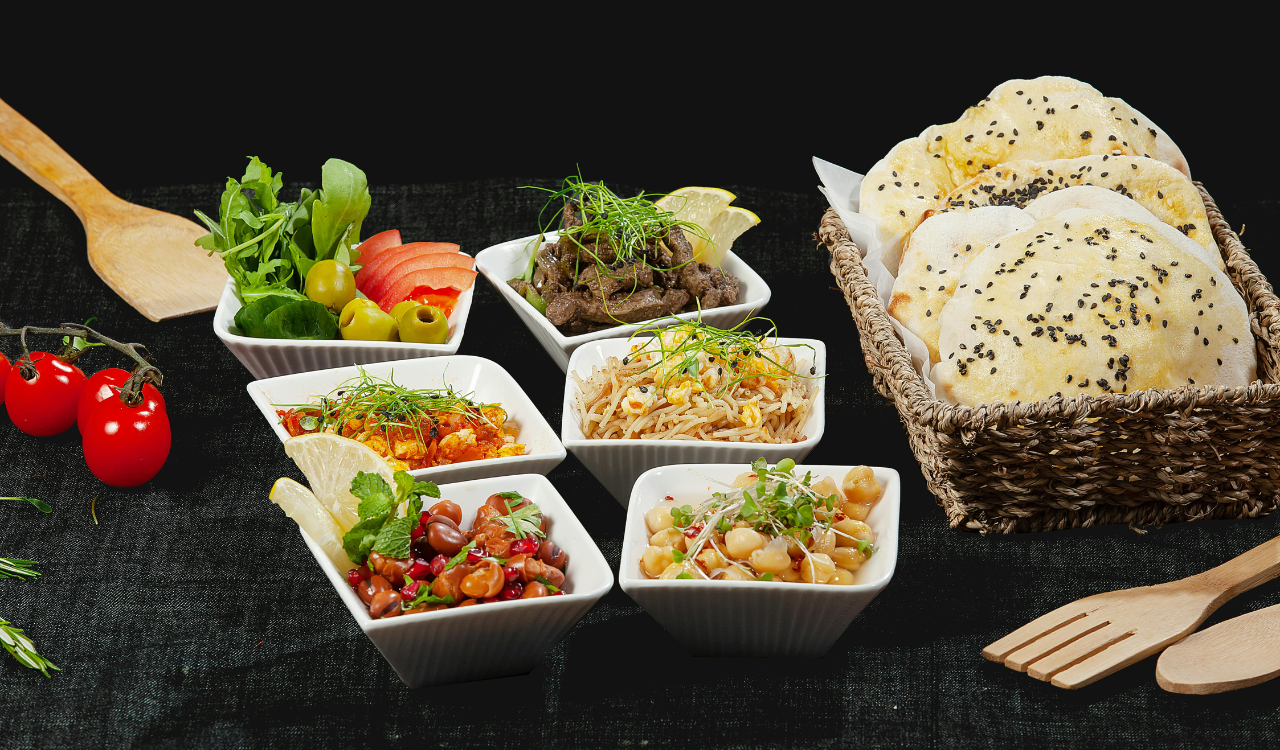9 Underrated Pasta Shapes Worth Cooking With
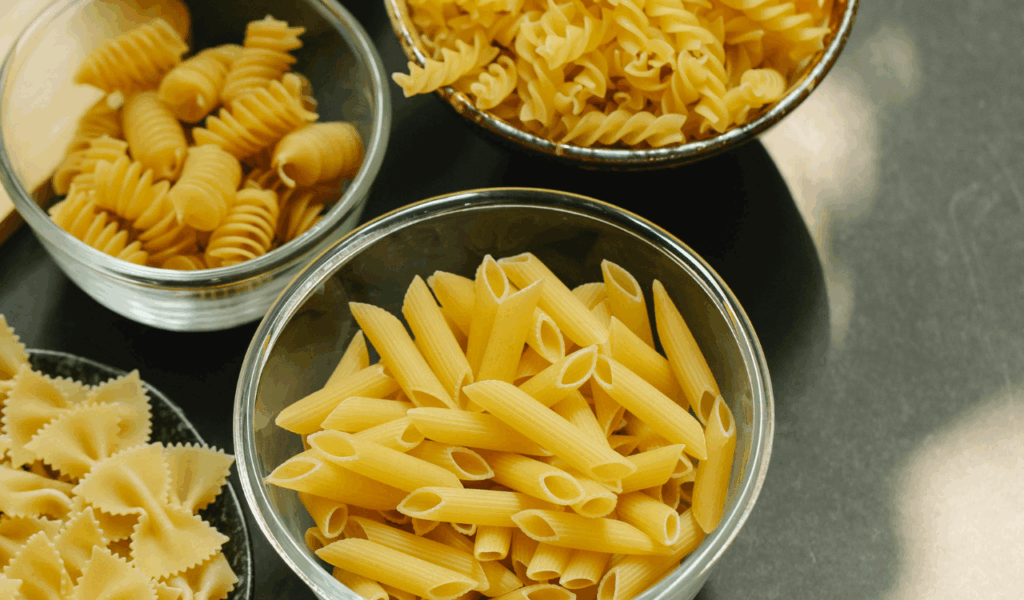
Although spaghetti, penne, and fusilli are the typical pasta suspects, there is a vast array of pasta shapes that are less popular but excellent for texture, flavor, and even presentation. These pasta shapes are underappreciated, but they add something unique, whether it’s a fun chew, a sauce hug, or just aesthetic appeal. Here are nine pasta shapes that many cooks don’t use frequently, along with information on how to use and cook them and why they should be in your pantry.
1. Radiatori
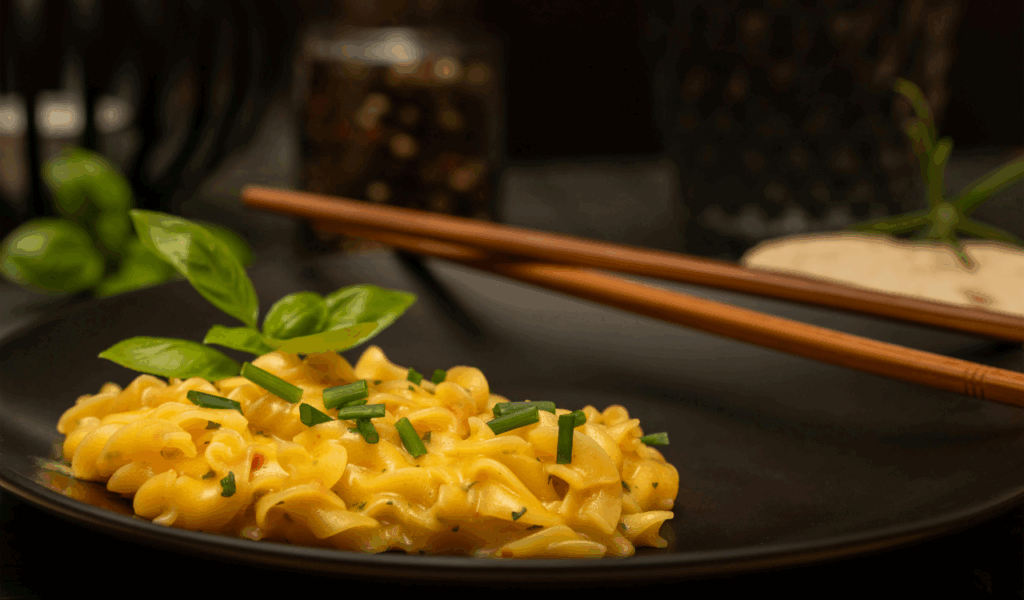
Radiatori are tiny, squat pasta shapes that are supposed to look like vintage radiators. They are perfect for retaining thick sauces, such as meat ragùs, vegetable stews, or robust tomato-based sauces, due to their compact size and ruffled, concentric ridges. You get sauce in every bite because of their large surface area in relation to volume. When cooked al dente, they provide a pleasing chew without being overly firm. Typically, they are made from durum wheat, occasionally with semolina. Because of the way their shape holds heat, they also look fantastic in baked goods or pasta salads.
2. Scialatielli
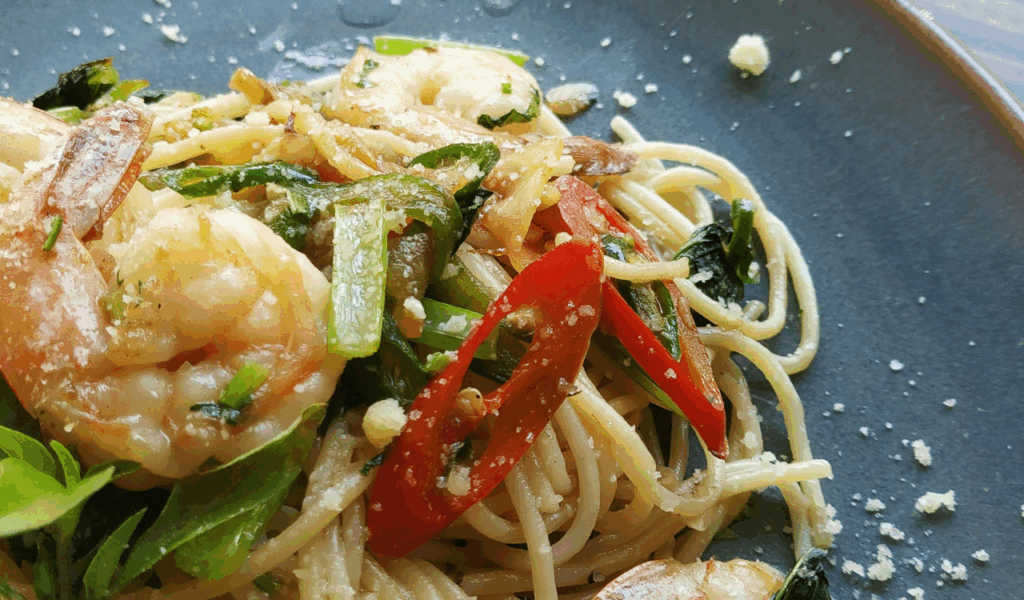
A more contemporary form from the Amalfi Coast, scialatielli (or scialatelli) are short, thick, slightly curved strips with a rectangular cross section. Chef Enrico Cosentino created it in the late 1960s. It has more chew and texture than flat ribbons because of its thickness and uneven edges. For richness, it’s frequently made with milk and eggs, or it’s just enhanced by the sauce. It withstands seafood sauces, creamy vegetable sauces, and brothy sauces with greens well because it is thicker than regular fettuccine but not as heavy as lasagna sheets.
3. Mafaldine (Reginette)
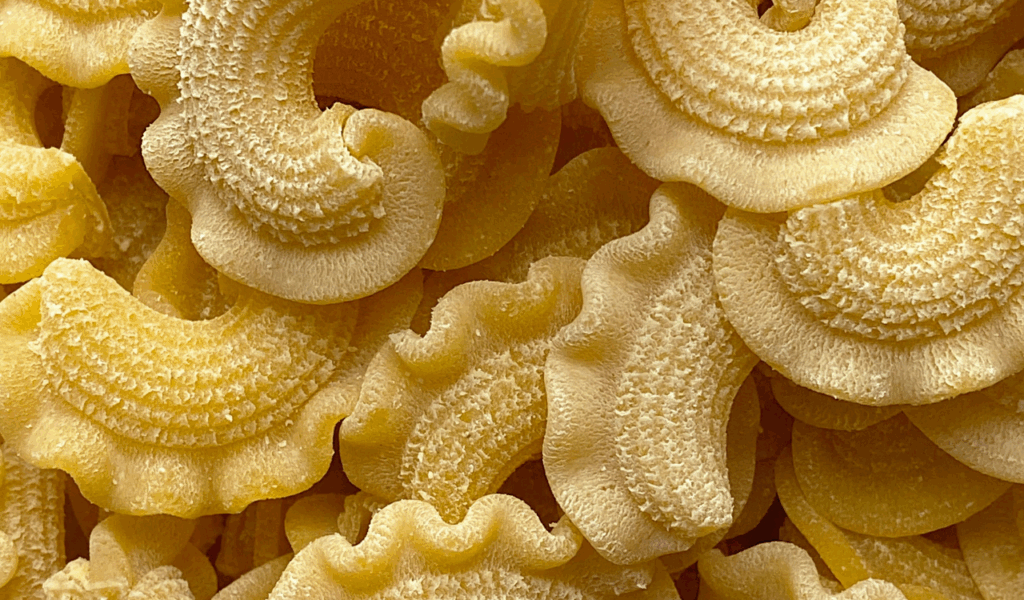
Mafaldine are long, broad ribbons with ruffled edges on both sides. They are also referred to as reginette or “little queens.” Because the flat middle carries flavor and the ruffles catch sauce, their generous surface area and undulating sides make them perfect for creamy sauces, ragùs, or sauces with bits of meat or vegetables. Their breadth creates a delightful mouthfeel, and they really shine when combined with butter and sage or baked pasta dishes. Many people miss them because they are less common, but they add a special touch to a meal.
4. Pastina
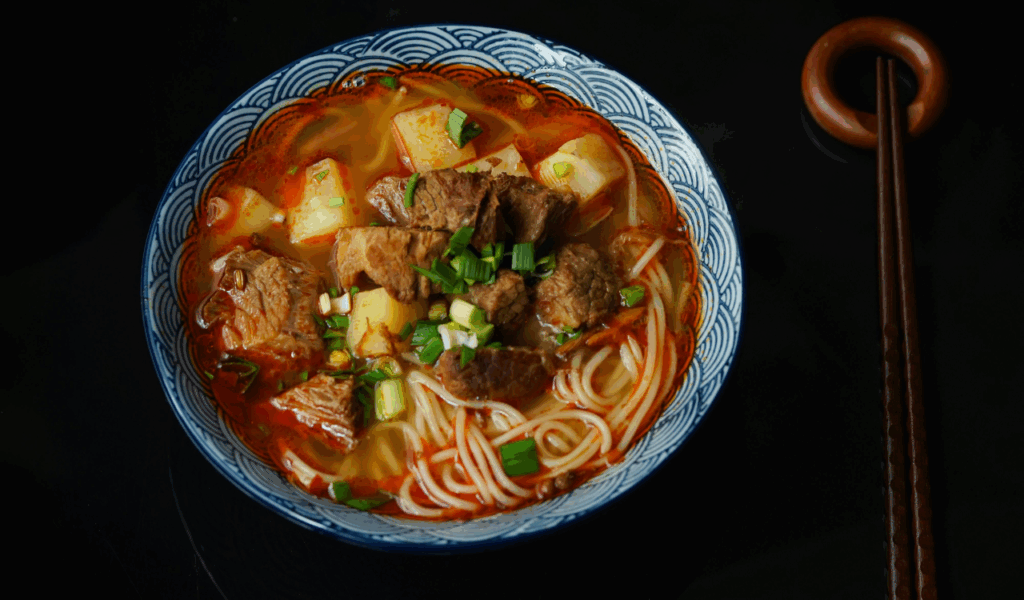
Pastina is the term for very small pasta pieces, usually irregularly shaped and about 2 mm in diameter, that are typically made with wheat flour and occasionally egg. They cook quickly and are small and delicate. Their size makes them ideal for light soups or broths (particularly when you want something calming and mild) or even as a dish that is suitable for young children and the elderly. They add subtle pasta flavor, texture, and warmth without being overpowering. Because many people choose bigger, more dramatic shapes over these tiny ones, pastina is underappreciated. However, small can be incredibly comforting.
5. Filindeu
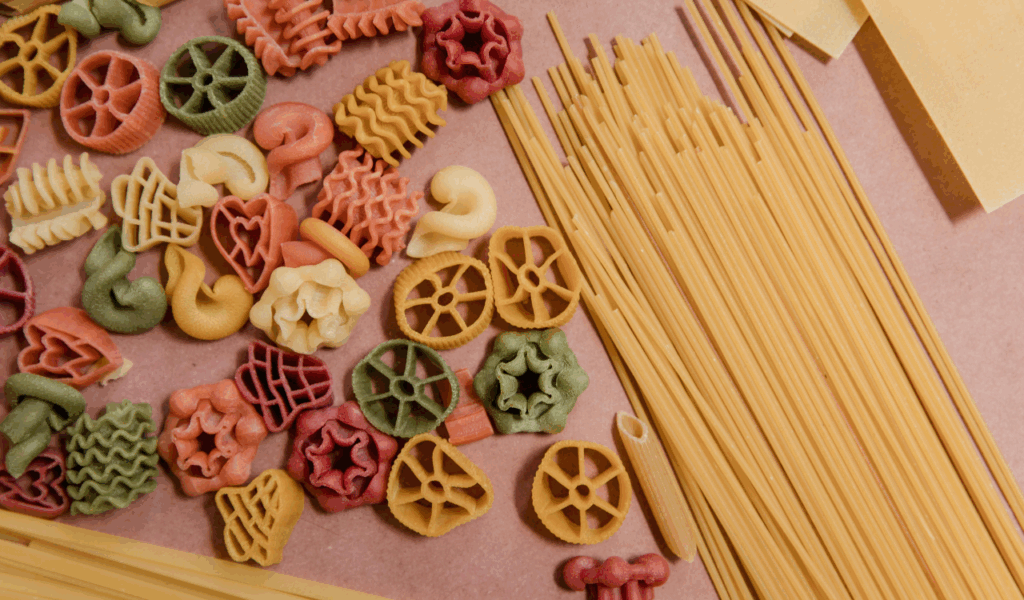
One of the rarest is filindeu, which comes from the Barbagia region of Sardinia. Semolina dough is pulled and folded into extremely fine threads to create sheets that resemble delicate textiles. These dehydrated sheets are broken up and served with pecorino-sardo cheese in a mutton broth. It is not well known outside of its locality because of its delicate nature and difficult production process. However, eating it offers a special experience because of its delicate texture, mild wheat flavor, and contrast between the rich broth or cheese and the delicate pasta. It’s outstanding for special meals.
6. Strozzapreti
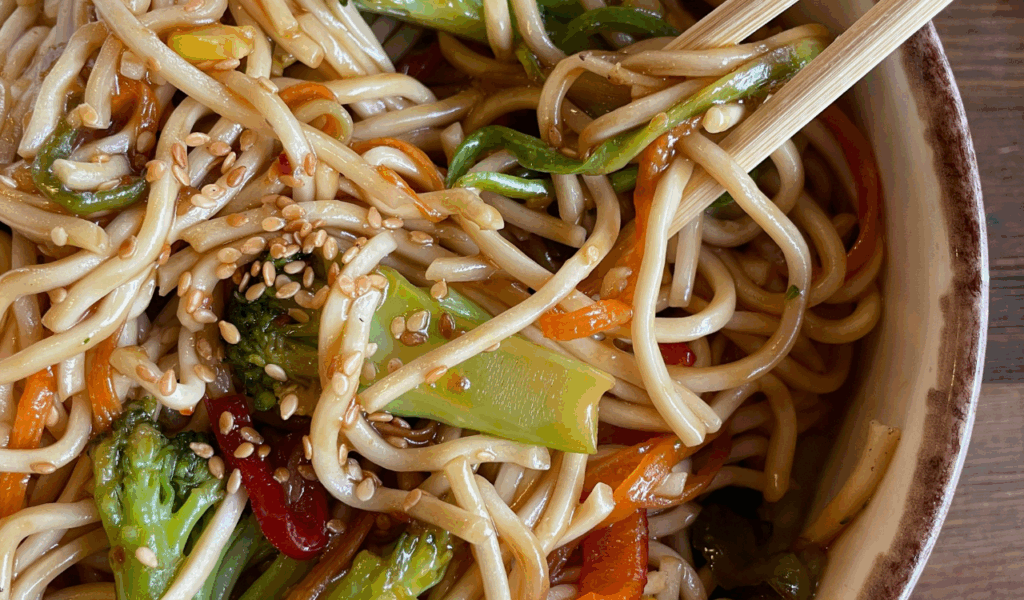
Long, twisted, slightly uneven strips of dough that retain texture are called “priest stranglers,” or strozzapreti. Their twisted shape traps sauce in turns and grooves, making them shorter than thin spaghetti but thicker. Depending on the area, they can be made with just flour and water or with an egg. They work well with both rich and light sauces, including meat ragù, tomato sauces, olive oil and garlic, and even vegetable-based sauces. They are underappreciated because they are less prevalent in many grocery aisles, but they are ideal for anyone seeking a satisfying bite.
7. Paccheri
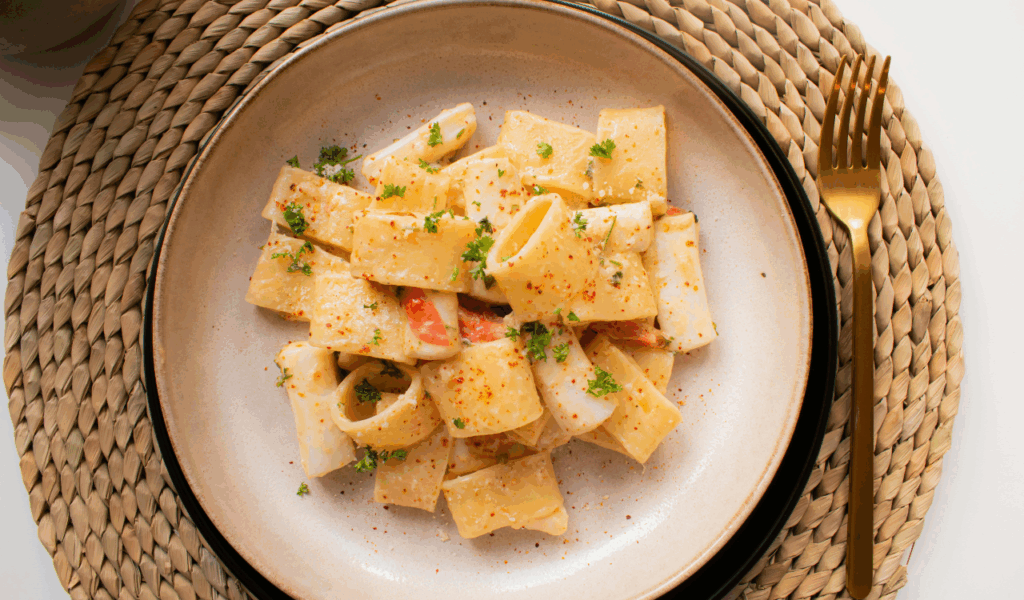
Large, broad tubes known as paccheri are native to the Naples region. Because of their size, they work well for stuffing or chunky sauces; you can even cut them and stuff them with ricotta or bake them with the cheese and sauce accumulating inside. They have a thick, satisfying chew and sauce capture inside, and because of their diameter and tube shape, they take longer to cook to al dente. Their velvety interior contrasts well with fillings or filling ragùs. Because they feel heavy, they are less common in smaller homes, but when used properly, they provide luxury without being complicated.
8. Gemelli
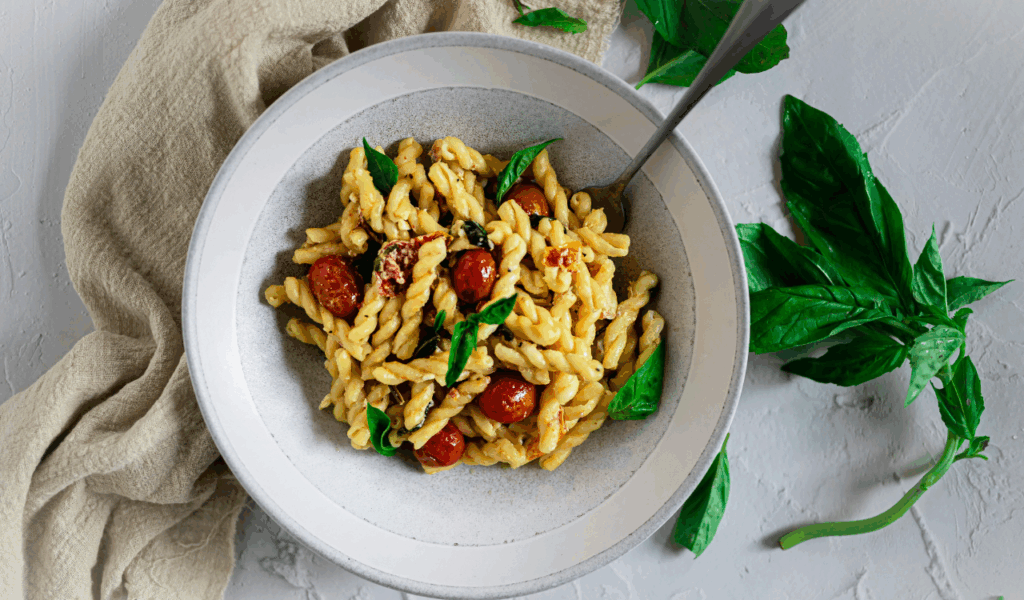
Gemelli, which literally translates to “twins,” are two pasta strands that have been twisted into a spiral shape. They have a mild texture, are snappy, and are rather small. Their twist is lovely because it occasionally creates tight curves where sauce or ingredient fragments lodge, resulting in flavor explosions. They are quick to cook, work well in light sauces or pasta salads, and are delicious with pesto, light cream sauces, or herb-based sauces. They are underappreciated for regular pasta because they aren’t large shapes, but they should be used more often.
9. Corzetti (Croxetti)
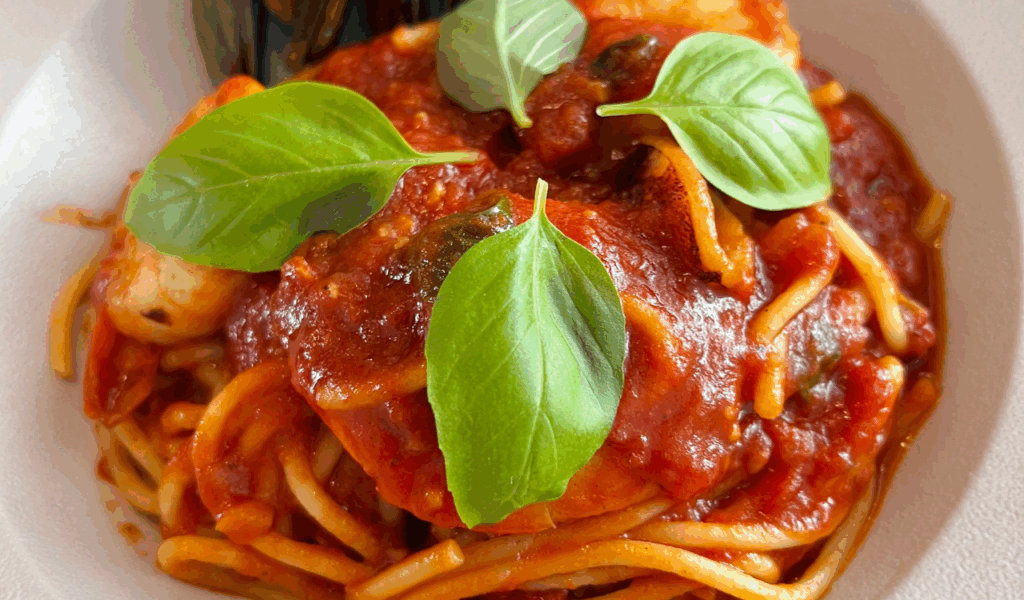
Decorative, embossed pasta discs called corzetti (sometimes spelled croxetti) are frequently stamped with designs like swirls or flowers using wooden stamps. They are from Italy’s Liguria. As the sauce adheres to the patterns, the embossing and shape provide textural contrast. Usually produced in small quantities, these discs can be either fresh or dried. They add a special touch to a dish because of their attractive appearance, but they also cook evenly and can withstand mild sauces, light butter or herb sauces, and maybe even pesto or walnut sauce without becoming overpowering.
